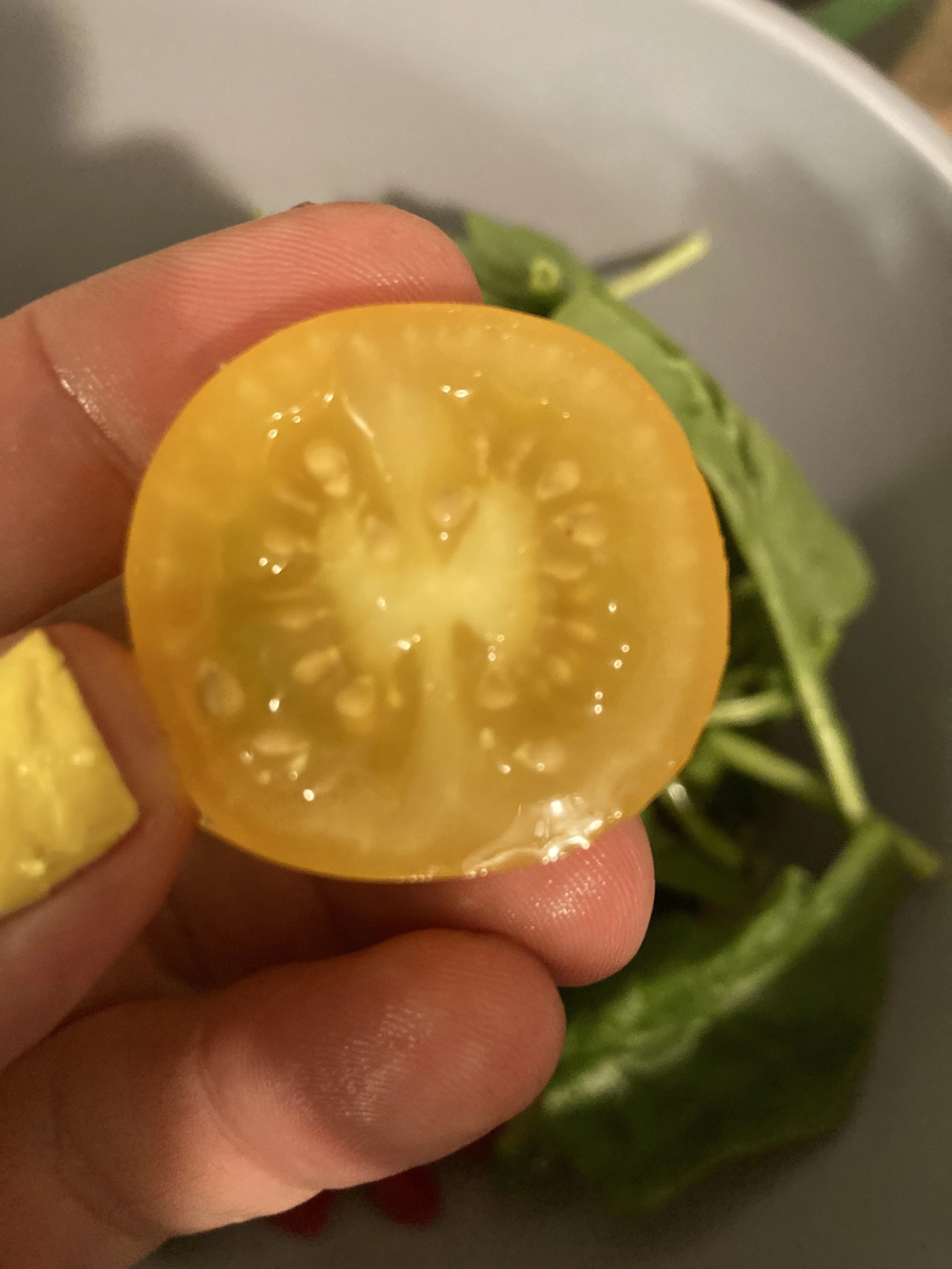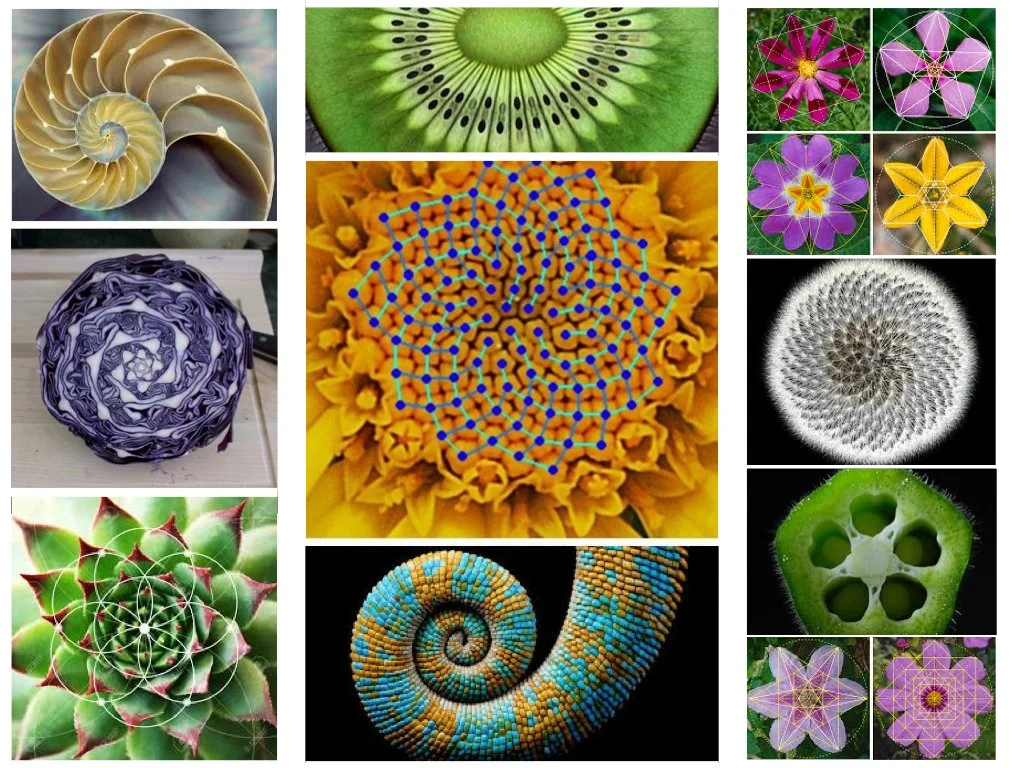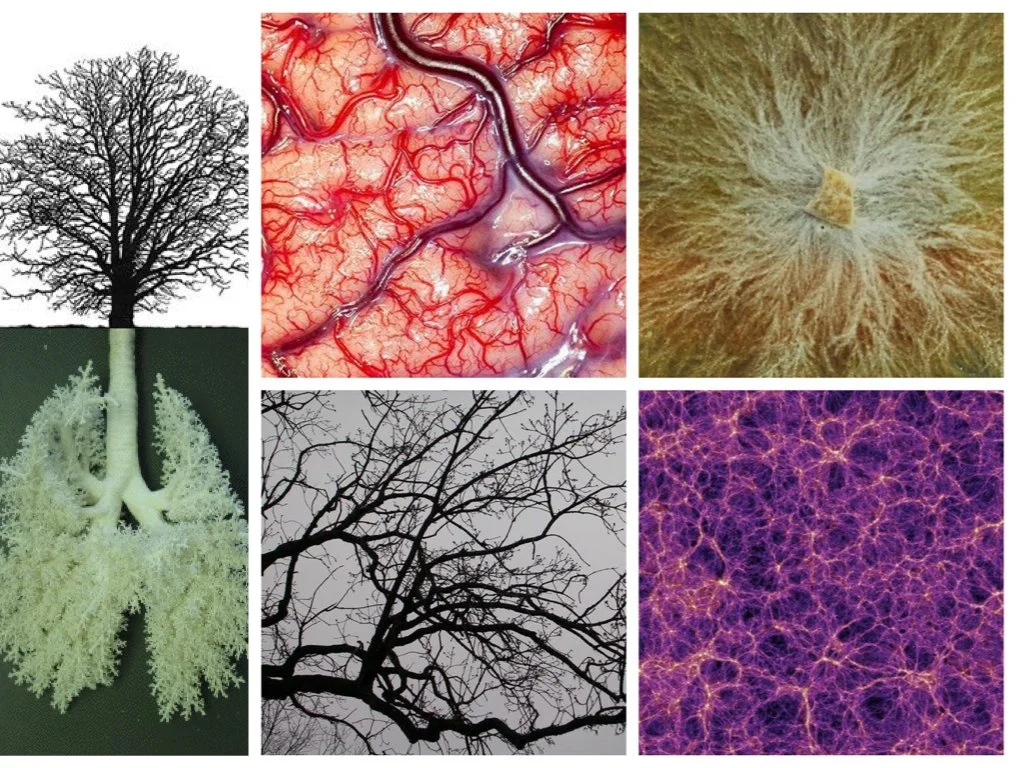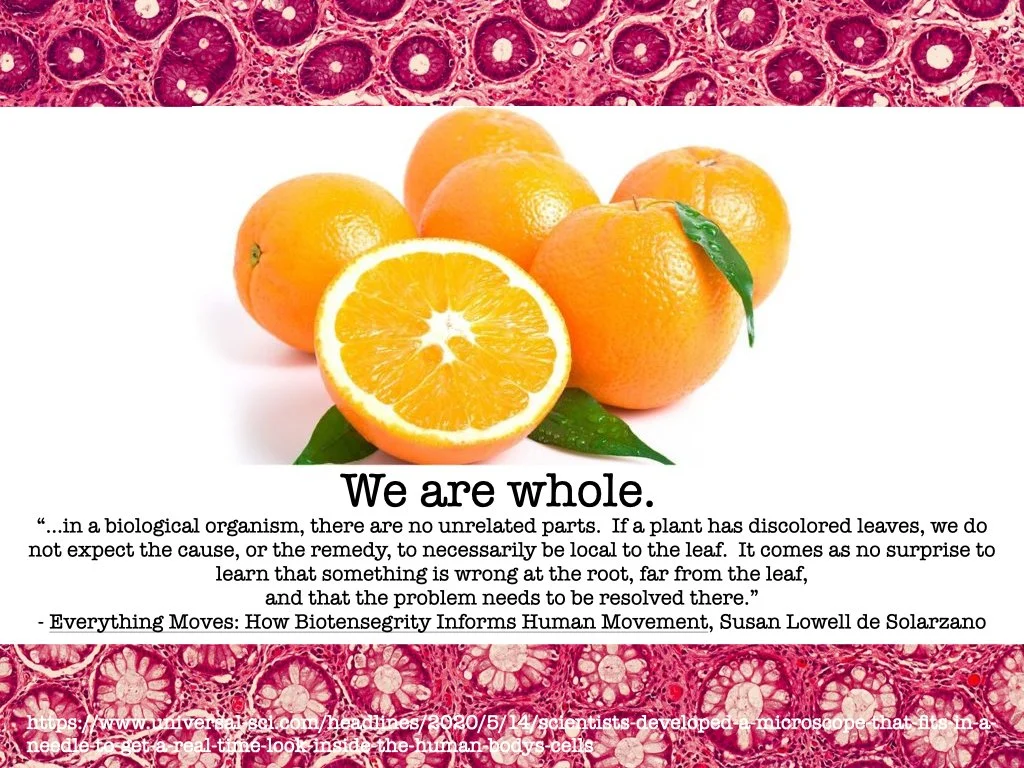What We Can Learn from a Tomato?
What we can learn from a tomato…
There's so much we can learn about our form from something as ordinary as a tomato.
There are tons of images around the internet that show common patterns and shapes in nature - Mother Nature really loves to repeat herself, doesn't she?
We see spirals in flowers and fruit, sprawling networks like mycelium, slime molds, and neural activity, and fractal patterns like the veining on leaves and snowflakes, hexagons and triangles…take a look at a few collages I made - there is so much to appreciate, let alone marvel at when we look for sacred geometry and count to find Fibonacci numbers everywhere.
The ‘lung-tree’ below is especially wonderful to me. What amazing symmetry.
All of these patterns, of course, can be found within our body as well!
Back to tomatoes!
These are the first things that come to my mind when I see these three tomatoes, cut three different ways: across the center, top to bottom, diagonal.
…hemispheres of our brain. Also, walnuts.
…trachea and lungs hanging from the source of nutrients
…like the brain arising from its stem
…whole and round.
What else is here that we can learn from?
Have you ever tried to pick out a tomato seed? Those things are slippery, and also hard to pull out without getting finger fulls of goop! The seeds are totally integrated with the goo that they seem to be floating in.
Speaking of goo, what is it? I got curious and looked that up quickly and was not shocked to see how much it parallels fascia in its components, presentation, and function:
It holds things together while keeping them apart.
It fills in all of the spaces, adding an energetic push outwards while the skin pullsinwards.
It's bound fluid, even when cut. No fluid spills out when you cut it open. That's like all of the water that we've got in our form - it's not sloshing around somewhere, it's bound up in our fascia! We also don't spill when we get a cut!
Even looking at the flesh under the skin has interesting echos of superficial fascia.
Most importantly, none of this would be visible or knowable without cutting it apart. It's an interesting think, but we've lost its wholeness. It can never be a full tomato anymore. This is too similar to the mental models many of us have due to the understanding we inherited.
In a class yesterday, my friend and teacher, Susan Lowell de Solarzano said something so fascinating, “does your collarbone know it's your collarbone?” The ideas we have about our distinctions that we call parts are creative models that all have a time and place and value, but they aren't real (no model is the actual thing, if it were we wouldn't call it a model). To hold these creative ideas and models as your own self image metaphorically slices away at your wholeness. Quoting Susan quoting biotensegrity-informed professor at Berklee College of Music, Doug Johnson, “we create scalpels with our words.”
Here's one more thing to ‘chew on’ the next time you start to think of yourself as anything other than whole, from Susan's book, “Everything Moves" which is linked if you click the picture. FYI, the pink border is stained human cells under the microscope.
How can you use these thoughts towards vocal practice with a better sense of wholeness, or at least seeking one?







